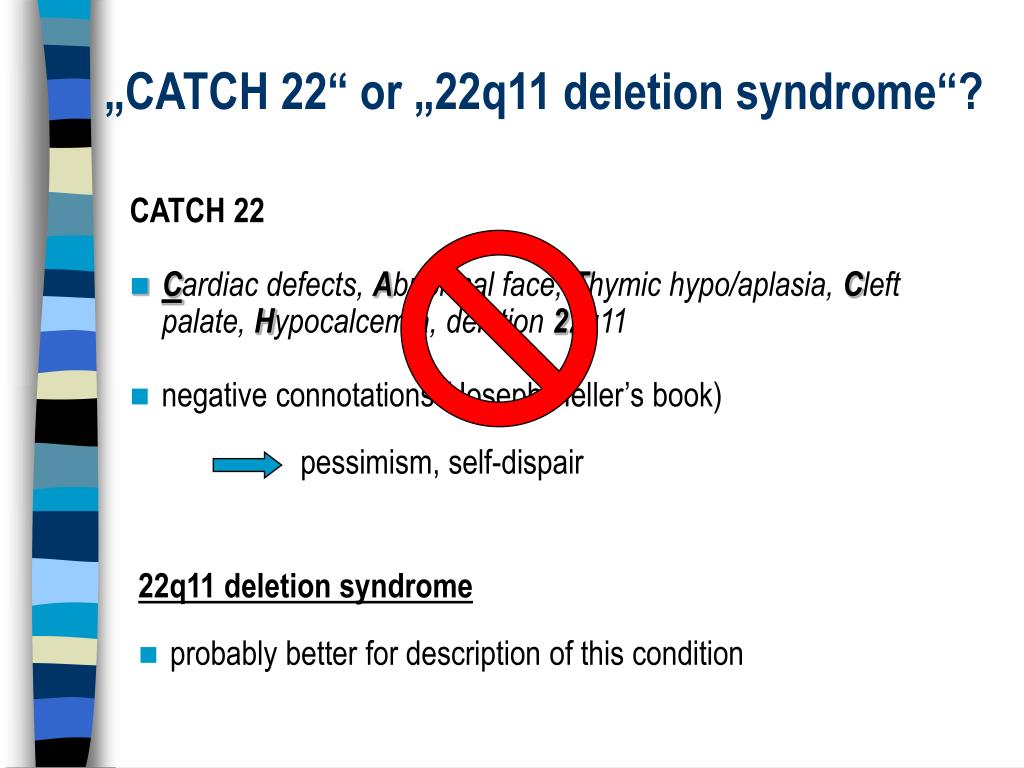What Is Digeorge Syndrome (22q11.2 Deletion Syndrome)?
Could a microscopic deletion on a single chromosome truly reshape a life from its very beginnings? The answer, as scientists and families worldwide can attest, is a resounding yes, with DiGeorge Syndrome (also known as 22q11.2 deletion syndrome) serving as a poignant example of how a subtle genetic shift can unleash a cascade of effects across a human life.
The story of DiGeorge Syndrome is one of microscopic errors with macroscopic consequences. At its core, the syndrome stems from a microdeletion, a tiny missing piece, on the long arm of chromosome 22, specifically at the 22q11.2 location. While seemingly insignificant, this missing genetic material disrupts crucial developmental processes, particularly during the formation of the pharyngeal pouches and branchial clefts in the developing embryo. It is in these early stages of development that the foundations for vital systems are laid, and the impact of this deletion is far-reaching, influencing the heart, immune system, parathyroid glands, and facial features.
This complex condition, first described by Angelo DiGeorge in 1968, is far from a simple affliction. The syndrome encompasses a spectrum of disorders, including what's often called Catch 22 syndrome, reflecting the common features of cardiac defects, abnormal facial features, thymic hypoplasia (underdeveloped thymus), cleft palate, and hypocalcemia (low calcium levels in the blood). The severity of these symptoms varies greatly from person to person, making each case unique. While some individuals may face severe health challenges from birth, others might live for years without realizing they have the condition.
The syndrome, often referred to by various names, is a testament to the intricate nature of genetics and its profound influence on human health.
| Feature | Details |
|---|---|
| Also Known As: | 22q11.2 deletion syndrome, Catch 22 syndrome, Velocardiofacial Syndrome |
| Genetic Cause: | Microdeletion on chromosome 22, specifically at the 22q11.2 region. In most cases, a 3 million base pair (mb) deletion, or a smaller deletion nested within the critical region |
| Affected Systems: | Cardiac (heart defects), Immune (thymus deficiency), Endocrine (parathyroid), Facial (dysmorphic features), Neurological (cognitive deficits) |
| Common Features: | Cardiac defects (e.g., Tetralogy of Fallot), Abnormal facial features, Thymic hypoplasia, Cleft palate, Hypocalcemia, Learning difficulties. |
| Occurrence: | Approximately 1 in 2,000 to 1 in 4,000 live births. |
| Inheritance: | Usually occurs as a new (de novo) mutation, meaning it is not inherited from parents. However, it can be passed down from a parent who has the condition. |
| Diagnostic Methods: | Genetic testing (e.g., Fluorescence in situ hybridization (FISH), Chromosomal Microarray Analysis (CMA)) |
| Treatment: | Symptom-based and supportive. May involve surgery for heart defects, calcium and vitamin D supplementation, immune support, speech therapy, and educational support. |
| Prognosis: | Variable, depending on the severity of the symptoms and the specific health issues. Many individuals live long and productive lives with appropriate medical care and support. |
For more detailed information, consult the National Center for Biotechnology Information (NCBI).
One of the critical consequences of this deletion is the incomplete development of the thymus gland, a vital organ for the immune system. The thymus is responsible for producing T cells, which are essential for fighting off infections. Its underdevelopment, or thymic hypoplasia, can lead to a weakened immune system, making individuals with DiGeorge Syndrome more susceptible to infections.
The impact, though, doesnt end there. The condition is associated with a range of health issues. Cardiac defects are common, including malformations like Tetralogy of Fallot. Abnormal facial features, such as a small jaw or wide-set eyes, are often present. Cleft palate can affect feeding and speech. And hypocalcemia, or low calcium levels, can cause a variety of problems. In essence, 22q11.2 deletion syndrome is not a singular disease but a constellation of potential difficulties.
The condition isnt easily passed on. In approximately 90% of cases, the deletion arises randomly during the early stages of fetal development, when the egg and sperm unite. The occurrence is, therefore, unpredictable. This underscores the complexity of the syndrome, with most cases representing new genetic events, rather than inherited traits. It is essential to understand that although the cause is a deletion in chromosome 22, it is not always inherited from the parents.
The spectrum of the condition is indeed broad, showing a variability that can range from moderate to severe. Some children face significant challenges from birth. Others might not even realize they have the condition until later in life. There are many who grow up without knowing they have it.
The impact of 22q has the potential to touch every system in the body. Neurologic, immunologic, endocrinologic, and cognitive deficits have been reported. It is because of the diverse nature of the syndrome that it is not just a simple disease. The condition is not always severe. There are many who live well, and some can live without realizing it.
The term "Catch 22" is often used to encompass the constellation of symptoms. This phrase reflects the interconnectedness of the various manifestations of this genetic deletion. The syndrome has a multitude of effects. There are cardiac defects, and an abnormal facial structure. The impact on the thymus and the resulting hypocalcemia are significant indicators of the condition.
Medical professionals have described the condition, reporting clinical findings in numerous cases. Studies indicate that the syndrome should be seen as a part of the more comprehensive spectrum. The acronym helps to highlight its variability.
The underlying cause of DiGeorge Syndrome is a microdeletion on chromosome 22, and is generally not passed on from the parents. The severity of the condition varies, highlighting the unpredictable nature of the syndrome.
As the condition affects several crucial systems in the body, its symptoms are diverse and can manifest differently in various individuals, making it challenging to diagnose, but also highlighting the resilience of the human spirit in the face of adversity.


